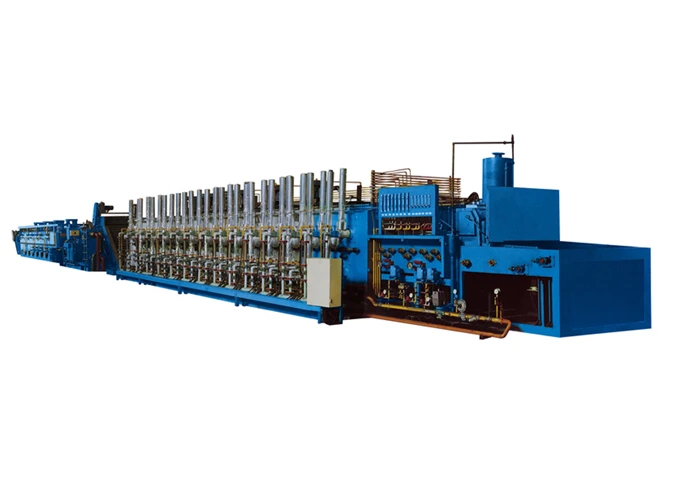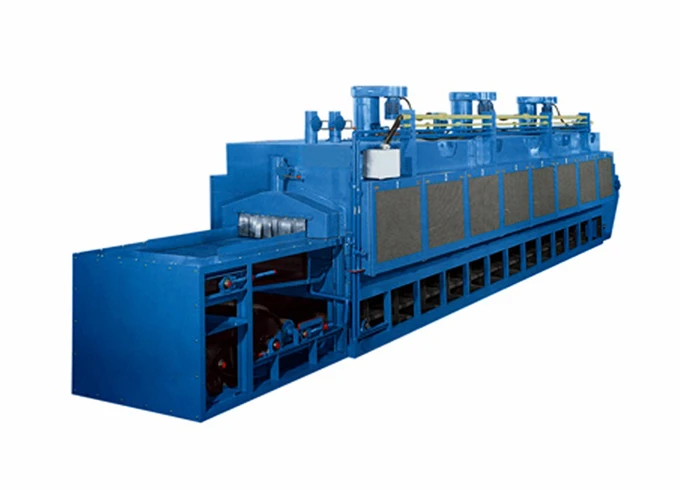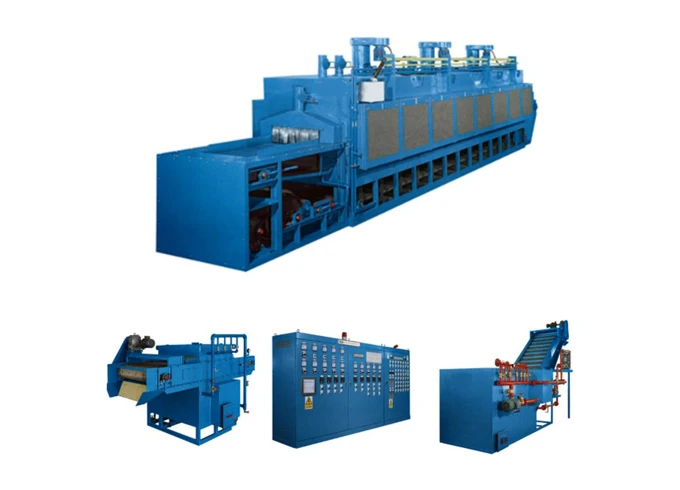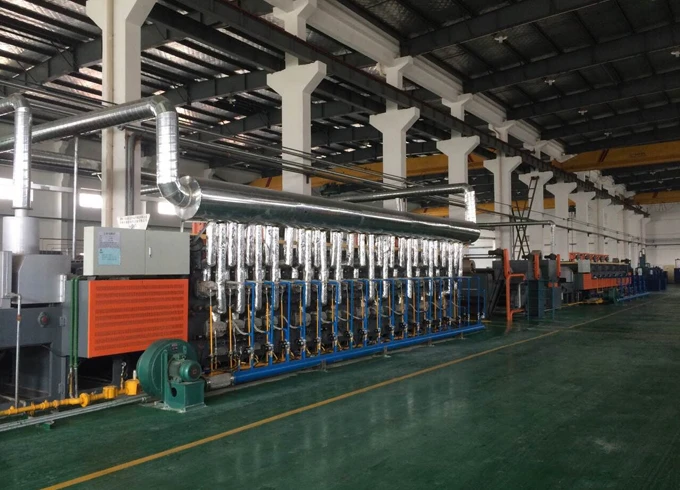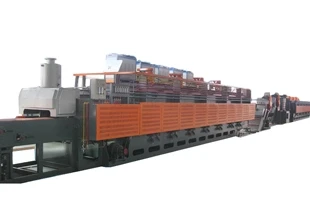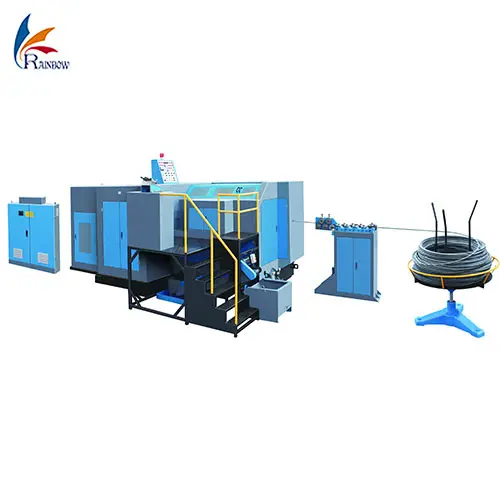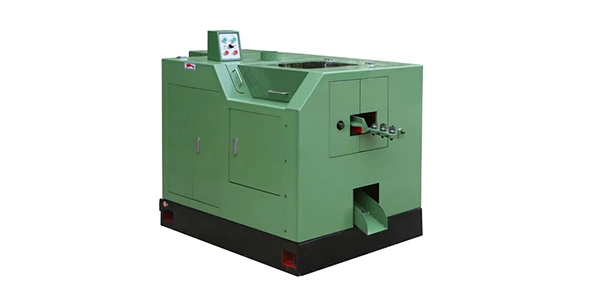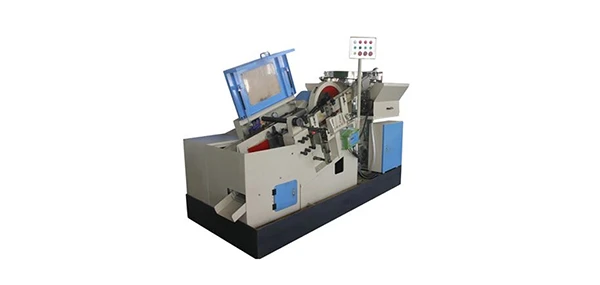Differences Between Gas Heat Treatment Furnace and Electric Heat Treatment Furnace
Gas heat treatment furnaces and electric heat treatment furnaces are both used for various heat treatment processes in the manufacturing industry, but they differ in several key ways. Here are four primary differences between the two types of furnaces:
1. Heating Source:
Gas Furnace: Gas heat treatment furnaces use natural gas, propane, or other gaseous fuels as their heating source. They typically rely on combustion to generate heat.
Electric Furnace: Electric heat treatment furnaces, as the name suggests, use electricity as their heating source. They heat materials through electrical resistance, induction, or other electrical heating methods.
2. Temperature Control and Precision:
Gas Furnace: Gas furnaces may have less precise temperature control compared to electric furnaces. Maintaining precise temperature profiles can be challenging with gas-fired systems.
Electric Furnace: Electric furnaces offer highly precise and controllable temperature profiles. They can maintain consistent temperatures throughout the heating process, making them suitable for applications with strict temperature requirements.
3. Energy Efficiency:
Gas Furnace: Gas furnaces can be less energy-efficient compared to electric furnaces because of heat loss through combustion processes and exhaust gases. They may have a lower overall efficiency, especially in applications requiring rapid heating and cooling cycles.
Electric Furnace: Electric furnaces tend to be more energy-efficient because they convert a higher percentage of the electrical energy into heat. They have fewer heat losses associated with combustion and exhaust, making them suitable for processes requiring energy efficiency.
The choice between gas and electric heat treatment furnaces depends on specific process requirements, energy efficiency considerations, precision needs, and environmental concerns. Each mesh belt furnace has its advantages and disadvantages, and the selection should align with the manufacturing objectives and constraints of the application.
 English
English français
français Español
Español русский
русский português
português
